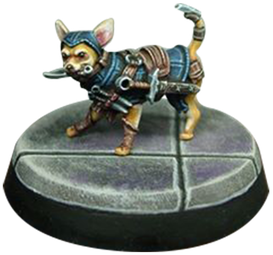

A low QL cage can take 80 damage in under 48 hours.When a cage hits 80 damage, the animal will escape.You cannot repair or improve a cage if it's storing an animal.The animal will kick the cage in anger after being unloaded, causing more damage.A higher quality cage receives less damage. A caged animal damages the cage over time.You can only lead and load one animal at a time.You cannot load pregnant, hurt, or equipped animals (ones with horse shoes/bridle etc.).1 creature per cage, no matter the size.To reduce this risk, use an electrum rune's spell on the creature, which will reduce the creature's age.This simply means if the animal has not been cared for on the destination server, there is a very random, somewhat rare chance the animal could die as soon as it's unloaded. When loading a venerable animal, the message "The venerable fat (animal name) is venerable, and may die if it crosses to another server" will show. To unload (after unloading cage): Activate rope/ halter rope > Right click cage > Open > Right click creature > Unload creature.To load (while leading animal): Right click cage -> Load creature.Like all loaded containers, deed permissions come into play.23 Body strength is required to load the cage onto a ship/creature transporter.60 Carpentry skill is required to create the cage and continue building it.Not to be confused with the Creature transporter.

This cage is empty.Ī creature cage is a device that can load a creature into a ship and take it cross-server. Even if the complete repertoire of distinguishable “site types” is missing from a certain region, hunter-gatherer archaeological sites must always be seen in the context of such a (albeit unknown) settlement system of highly mobile hunters and gatherers.A cage to hold a creature. within the same chronological stage) occupied archaeological sites can result in an impression of a Pleistocene land use system. The combination of several “simultaneously” (i.e. Besides this there were temporarily occupied camps, for example hunting campsites, in which only a few people made a stopover during individual hunting events. This includes for instance so-called base camps that have been used over long periods of time – weeks or even months – by a hunter-gatherer group, or “aggregation sites” that have been frequented by several groups specifically for major events such as a joint hunt. These are differentiated as regards the activities that took place and the duration of occupation. Accordingly, Pleistocene archaeological sites can also be allocated to certain categories of campsites. From them we know that different campsites can have entirely different functions. Most similar to these Palaeolithic hunter-gatherer groups would be arctic and subarctic indigenous peoples.

Added to this list would be the cave bear, which according to the zoological system was indeed a predator, but in reality was a pure herbivore.Īrchaeological finds from the Palaeolithic are always embedded in a regional settlement pattern which may change by season. By the same token, there was a plethora of predatory animals such as the cave lion, cave hyena, wolf and polar fox. Large animals lived in central Europe during the Wurm glaciation that were adapted to the steppe-like environment such as mammoth, woolly rhinoceros, reindeer, giant deer, steppe bison and horses. There is no longer a landscape of this sort today. This special ice age landscape is frequently referred to as the Eurasian Mammoth Steppe, since ice age herd (gregarious) animals grazed here. During the glacial periods, there was an extended steppe and tundra landscape only with sparse “islands of trees”. Only during the mild phases did the pinewood and birch forests of central Europe expand. There was no extended forest coverage as we know it today. The world of flora and fauna was an entirely different situation compared to today.


 0 kommentar(er)
0 kommentar(er)
